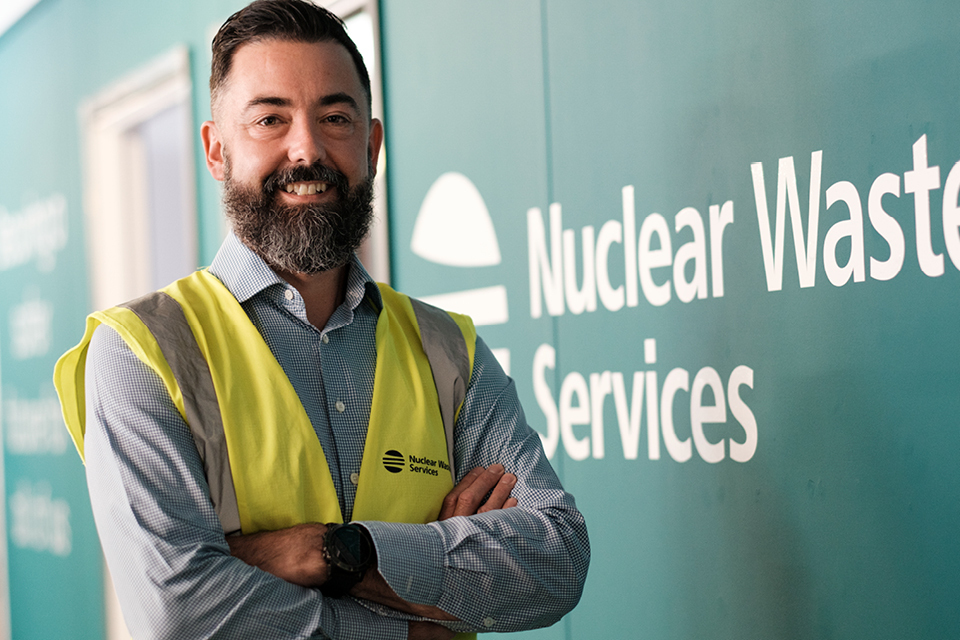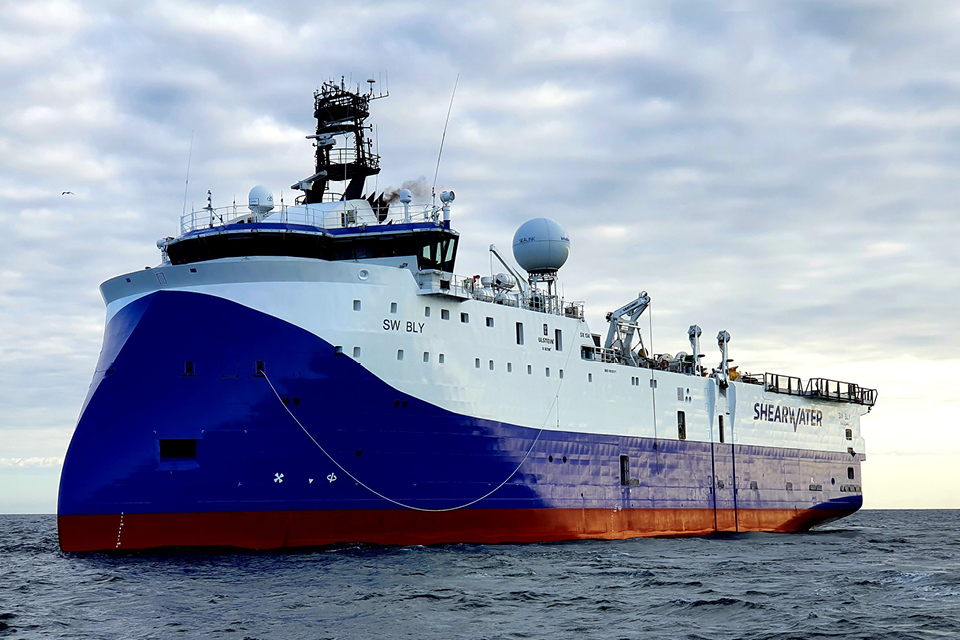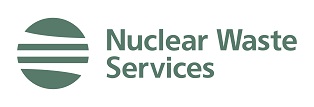2022-23 year in review: Disposal
Published 26 October 2023
In conversation with Martin Walksingshaw
Martin Walkingshaw is the Chief Operating Officer at Nuclear Waste Services, with overall accountability for our existing LLW Repository site in Cumbria and our main programmes of work, including the Geological Disposal Facility (GDF).

Martin Walkingshaw, Chief Operating Officer, Nuclear Waste Services
He describes the benefits and excitement of establishing NWS as one family – from LLWR Ltd, RWM Ltd, and the NDA’s IWMP.
Radioactive waste represents a significant societal challenge for the UK. As a country we’ve benefitted from the use of radioactive materials for several generations and must deal with the legacy that our usage has and continues to produce.
I’m proud to be part of the generation that is moving forward with safe and permanent solutions for disposal of radioactive waste. With that comes a huge responsibility. The decisions we take around disposing permanently of radioactive waste must be very well underpinned, whether that’s in our existing Repository, in our future GDF, or at other facilities.
With every container of waste we accept for permanent disposal, we have a really important duty to people now and in the future to make sure that these are the correct decisions.
We work hard to define safety cases and waste acceptance criteria, ensuring compliance is built into the processes associated with building and operating our disposal facilities. We’re held to a high standard by our regulators, and the communities in which we are operating expect us to be rigorous when it comes to radioactive waste disposal.
Accepting ownership of a package for final disposal is hugely significant – legally, morally, and commercially – and we’re conscious of that for each and every package.
Creating a disposal facility is a significant undertaking – whether that’s a new vault at our existing Repository, or a completely new facility like a GDF. That capacity you create needs to be managed carefully. Every square inch needs to be optimised and dedicated to the waste that absolutely needs to go there.
If we can divert the waste through other routes – reduction, re-use, or recycle – it’s absolutely the right thing to do and part of our objective to ensure the right waste is in the right place.
There are a number of highlights and achievements this year:
-
We are proud of the Environmental, Health, Safety and Security performance we have achieved in the first year of NWS and being recognised by RoSPA with an Order of Distinction is something that everyone in the organisation can be proud of. We can’t be complacent however, so sustained safety performance will remain our top priority.
-
The GDF programme is further ahead than it has ever been before. In 2022- 23, we engaged with four communities across England: three in Cumbria, namely Mid Copeland, South Copeland and Allerdale, and one in Lincolnshire around Theddlethorpe. Early site evaluation work is also well underway.” (See ‘GDF site evaluation - explainer’.)
-
I have been delighted to see the positive impact of our community funding. We’ve distributed around £6m in community funding across our GDF and Low Level Waste Repository programmes. For example, the formation of GDF Community Partnerships has so far unlocked more than £3m of Community Investment Funding, supporting around 80 projects from community youth projects to mental health initiatives, and driving positive change in those places. This means that there are clear benefits already to communities participating in the GDF siting process.
In conversation with Mike Pigott
Mike Pigott is the Director of Sites & Operations at Nuclear Waste Services, who leads, directs and controls all activities on our nuclear licensed site; safely, securely, with environmental compliance, and responsible stewardship.

Mike Pigott, Director of Sites and Operations, Nuclear Waste Services
He details some of the achievements and progress that have been made at the Repository site.
We’re getting on with safe and secure disposal, and this year disposed of more than 80 containers at the Repository – representing a marked increase in both volume and radioactivity on previous years.
We have completed the necessary enabling activity for works that will ultimately see construction of the final engineered ‘cap’ over the disposal vaults and adjacent trenches. During the enabling works phase, over more than two years, new features have been added to the site, including a haul road from the rail sidings on site to the vaults and historic trenches, to segregate future construction vehicles from regular site traffic.
Through RACER, our Repository Asset Care, Enhancement and Remediation programme, we continue to enhance the Repository site’s critical asset base. An example of this being the significant refurbishment of our Grouting Facility.
The first campaign for almost three years to grout containers for disposal in the vaults on the Repository site is underway. More than 250 containers will be grouted ahead of disposal, using a cement-based grout that immobilises the low level waste in the containers and creates a very robust wasteform.
We take our responsibility of being a ‘good neighbour’ very seriously and where possible aim to reduce the impact of operations on our community. As such, any potential impacts are always a key consideration when planning our activities and operations and we work closely with community representatives to ensure we maintain our social license to operate.
GDF site evaluation underway - explainer

The SW Bly conducting a marine geophysical survey
In working with communities as part of the GDF programme, one of our key tasks is to look for potential GDF sites.
Detailed studies and investigations of site suitability will be conducted over a number of years to help ensure a GDF can be constructed, operated, and closed safely and securely.
NWS will evaluate each potential site to establish whether it is suitable, based on siting factors which include safety and security, community, environment, engineering feasibility, transport, and value for money.
This site evaluation work is progressing. NWS’ first marine geophysical survey off the coast of Copeland, Cumbria, has successfully acquired data, currently being processed by expert contractors.
We also purchased existing geophysical data for other areas in relation to both the Allerdale and Theddlethorpe locations for information on their geology.
Wider site evaluation studies covering issues such as geology, labour and skills, and transport are also in progress.
The findings from our site evaluation work will inform our decision, for approval by the Secretary of State, about the site or sites to be taken forward into the phase known as ‘site characterisation’.
As part of the site characterisation phase, NWS will conduct more detailed investigative work including surveys and the drilling of boreholes, to understand more about the geology deep below the surface where a GDF could be built.
If we make a decision to proceed, and the Secretary of State approves it, the information gathered from these studies will be used to prepare applications for the necessary regulatory permissions and consents to drill boreholes and build a GDF and will be key in the development of a GDF design and safety case.

